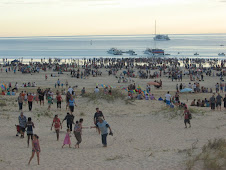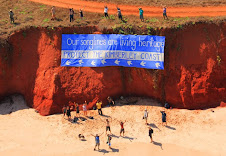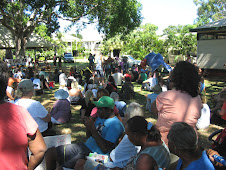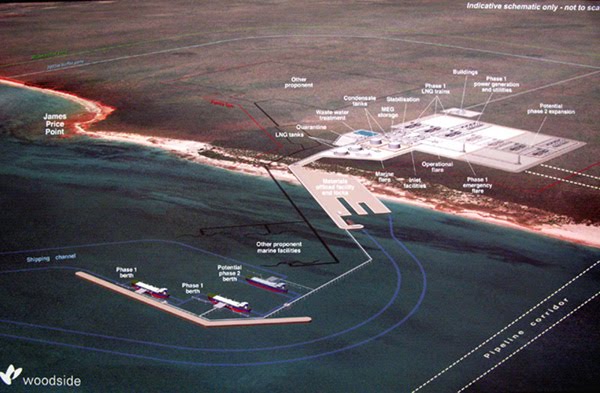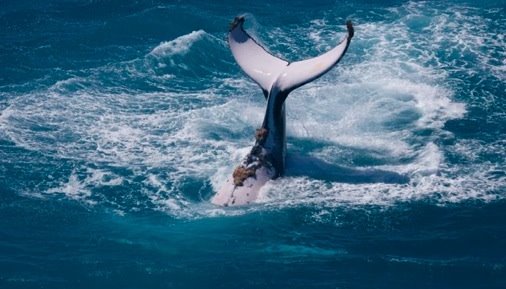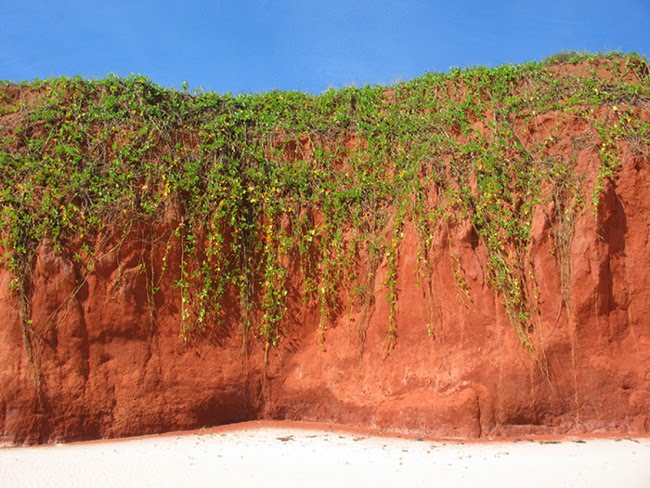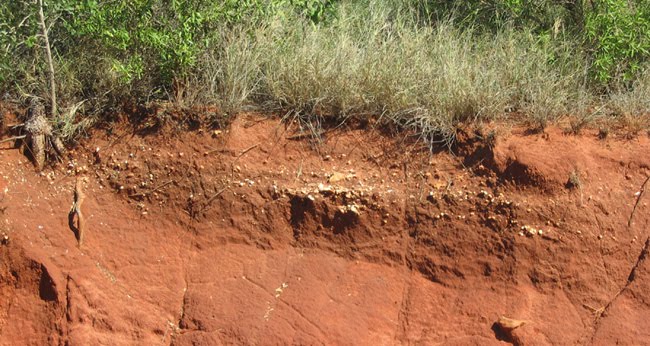I was taken by friends along the red, dusty, winding 60 kilometre track to Prices Point early in the wet season of 1979. The bush was lush having been refreshed once more by the annual welcome rain. As we reached our destination the road before us cleared to reveal a pristine panorama of ocean beauty. Beyond us in the distance was an impressive unspoilt tower of red cliffs which hugged the shoreline into the far horizon. Immediately in front of us tranquil, turquoise blue water was filling the beach with an incoming tide. Over the years I had been accustomed to sharing dull green beaches and yellow sand with hordes of holiday makers in Victoria, but today we had this paradise to ourselves. I couldn’t believe the striking, vivid colours contrasting with each other in dazzling array. No wonder I found myself reaching for a camera.
It was on this day that I was introduced to ‘real’ fishing. In no time at all we were walking out across the rocks with 80lb hand lines. As we found a likely spot, I momentarily pondered on the strength of my rig until the reel I was holding was almost ripped from my hands. I clumsily wound in the line which revealed an enormous Blue bone head. Obviously, I hadn’t been quick enough because a shark had neatly chomped the body from behind the gills. From that day on, I was hooked.
Over the past 30 years, I would estimate that I’ve fished and camped at Prices Point well over 200 times and I’d have to say, that place has seldom let me down. The fishing has been unbelievable! Sure it’s mostly been Blue bone, which has got to be one of the best fish in the ocean, but there’s always been an impressive variety of other species too.How you could refer to this area as ‘unremarkable’ is beyond me. Call me weird, but I’m not ashamed to admit that I have been found hugging trees at Prices Point because each time I go there it’s like coming back to an old friend.
On more than one occasion I have walked the Lurrujarri Trail from Prices Point to Quondong with some of the traditional owners. This has helped me come to appreciate the significance of the area which has been preserved in its natural state over thousands of years.The more time you spend at Prices Point the more you see. Individual rocks and rock pools become familiar landmarks in your mind and the corals in the fishing channel are delightful with their variety and beauty. Of course on very low tides you can take your hammer and screw driver out for a feed of oysters.
And there is much more to the area than fishing and camping. Paul Foulkes, a noted local botanist, spent endless hours drawing the unique flora at Prices Point and scouring the rocks for evidence of the dinosaur age. This was back before we ever thought this place could one day be under threat of clearing and dredging.Areas like Prices Point are becoming rare in a world that cries out for industrial development. To have such a peaceful spot at our door step for everyone to enjoy is something to be valued and treasured.I’ve been lucky enough to appreciate Prices Point over many long years, but I’m fearful that the next generation will be looking through a high meshed fence at a massive gas plant.


